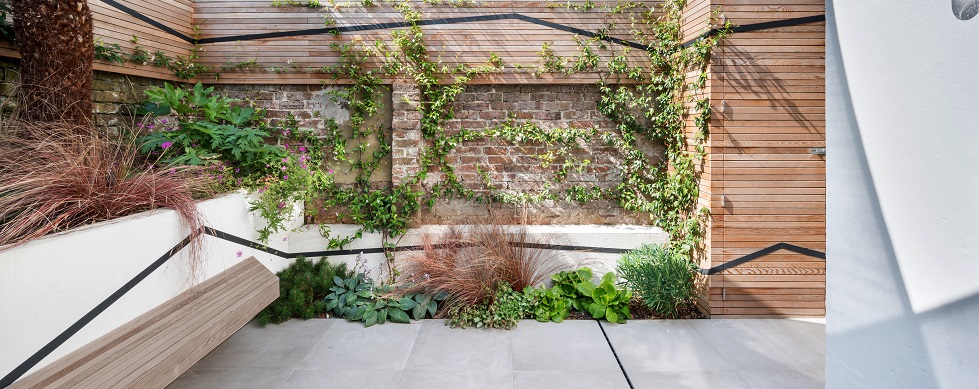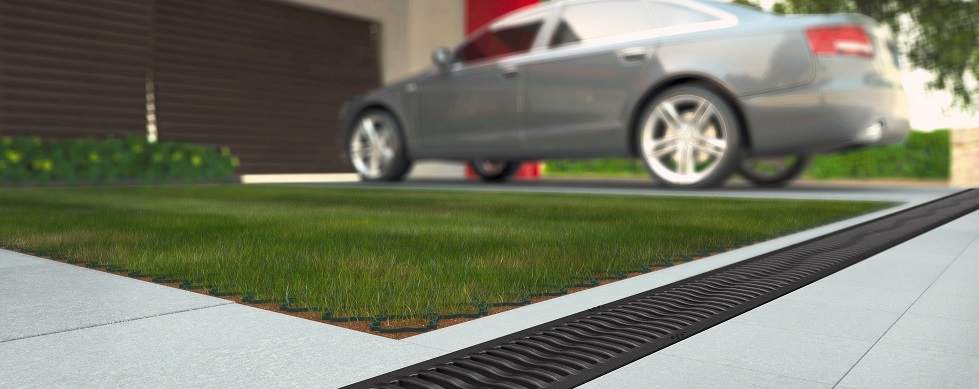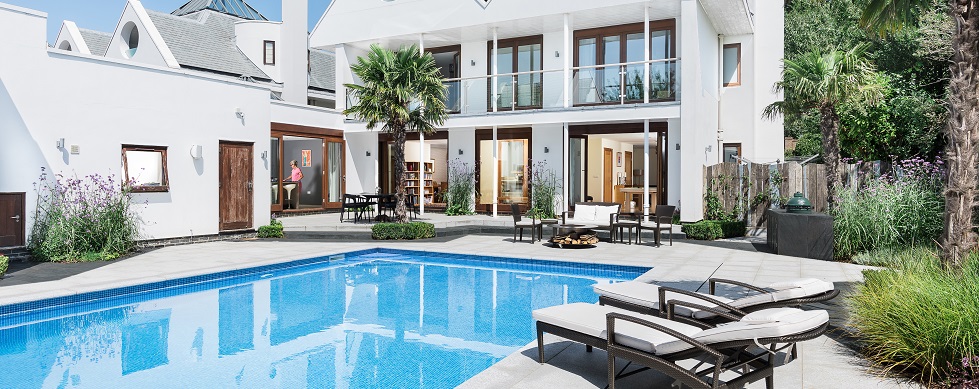
Key considerations in paving drainage
Paving is a regular landscaping feature across a variety of locations in the UK, including both residential and commercial sites. However, a combination of its impermeable nature and the not-so-great British weather presents a water management challenge for those tasked with delivering projects.
Oliver Collins, Product Marketing Manager at ACO Water Management, looks at some of the key considerations in paving drainage, including examples of real-world projects that highlight how effective drainage can be achieved without sacrificing visually-striking design.
The unpredictable weather in the UK can often lead to standing water in paved areas, which means that steps must be taken to prevent this aesthetically unpleasant and potentially dangerous issue from happening.
Working with gravity
A key issue here is that water cannot flow uphill. It may seem obvious, but it’s a problem I’ve come across on more than one occasion. The undulating topography of landscaping sites means that this must be considered as early on in the process as possible. It requires an acute awareness of the limitations of drainage, which will often dictate certain design features.
Conversely, it is frequently the case that slopes are added into designs unnecessarily. They can be expensive, time-consuming, and at odds with the desired overall look of the project. Provided the drainage channel is flat and even, and the outlet is below this level, water will be able to flow out the channel.
Getting the right load class
It should be noted that paving can be used across a variety of different applications, and it is important to be specific when it comes to specifying drainage. This is particularly relevant to load class, which must be matched according to the unique requirements of the application.
For example, if the paving area is exclusively for pedestrian use, such as in a back garden, then an A 15 solution is appropriate. However, if it’s for a domestic driveway, a B 125 system should be the minimum classification considered in order to accommodate the weight of vehicles.

Ongoing maintenance
Drainage is not something that can be fit and subsequently forgotten. In order to prevent an inevitable build-up of silt over time and keep functioning efficiently, it needs to be regularly cleaned and maintained.
This should be considered at the design stage, with future maintenance planned in to ensure the ongoing utility and visual finish of paved areas. Depending on the type of channel used, this may require dedicated access points to guarantee the ongoing efficiency of the drainage system.

Making drainage aesthetically pleasing
We’ve covered the key considerations in terms of functional paving drainage, but as landscape architects will know, aesthetics will always be a top priority for the client. This is where it is critical to use drainage as part of the visual design, with ACO offering a number of products which are both high performing, but also capable of contributing to the pleasing aesthetics of a paving project.
The best example of this is the use of ACO’s HexDrain® Brickslot in a number of Langlea Garden Design and Construction’s projects. Specialists in bespoke, award-winning and fully managed residential garden design and construction projects, Langlea embraces the importance of drainage in paved areas to deliver visually striking results.
In projects such as Line and Pocket Oasis, the understated HexDrain® Brickslot quietly manages water flow without drawing the eye. In another project called Fracture, there is a paved area surrounding an outdoor heated swimming pool. Drainage is essential to prevent rainwater running from the patio into the pool, but it also has to lie flat to the ground to prevent stubbing the toes of barefooted swimmers. Once more, the discreet finish of the ACO HexDrain® Brickslot channel is vital from both a performance and aesthetic perspective.
Final thoughts
Landscaping projects will always require a significant focus on how the site looks, but when it comes to paved areas there is a requirement to ensure surface water is managed effectively. This is critical from a safety point of view as well as aesthetic, and it is important that the considerations outlined above are taken into account as early as possible in the design stage.